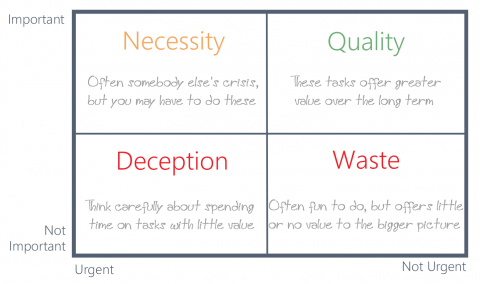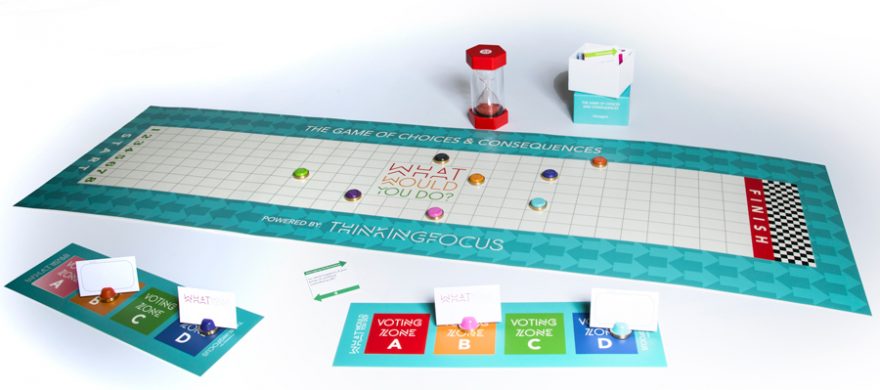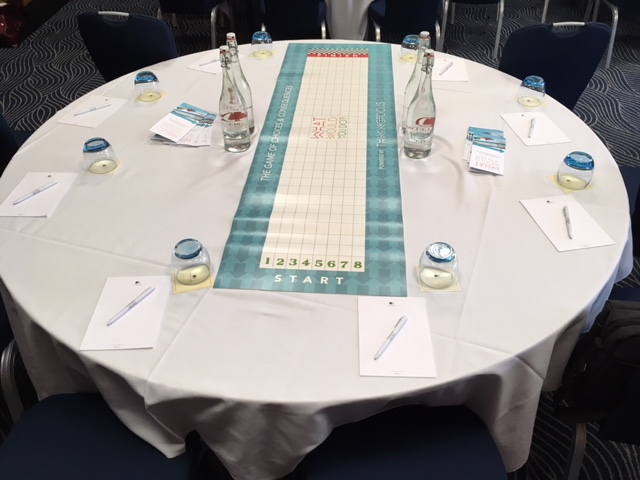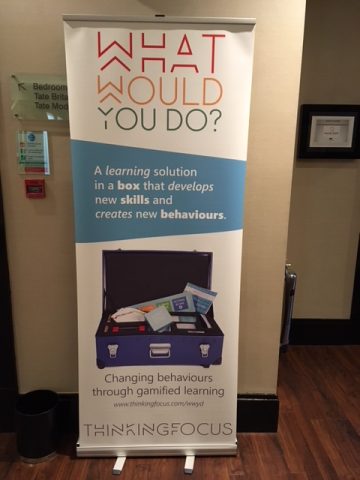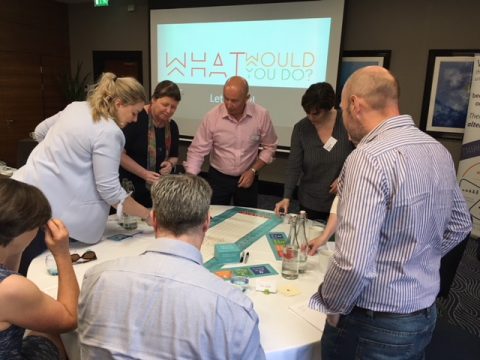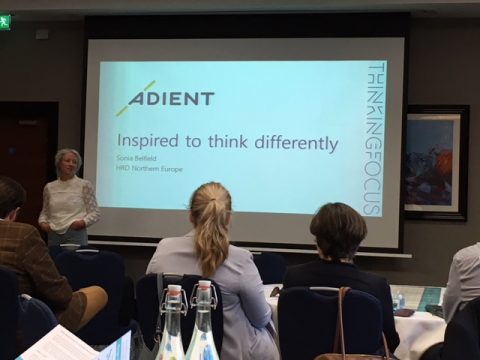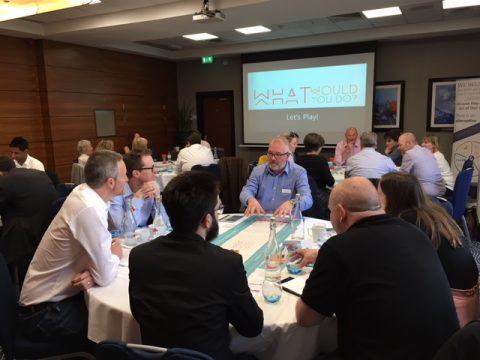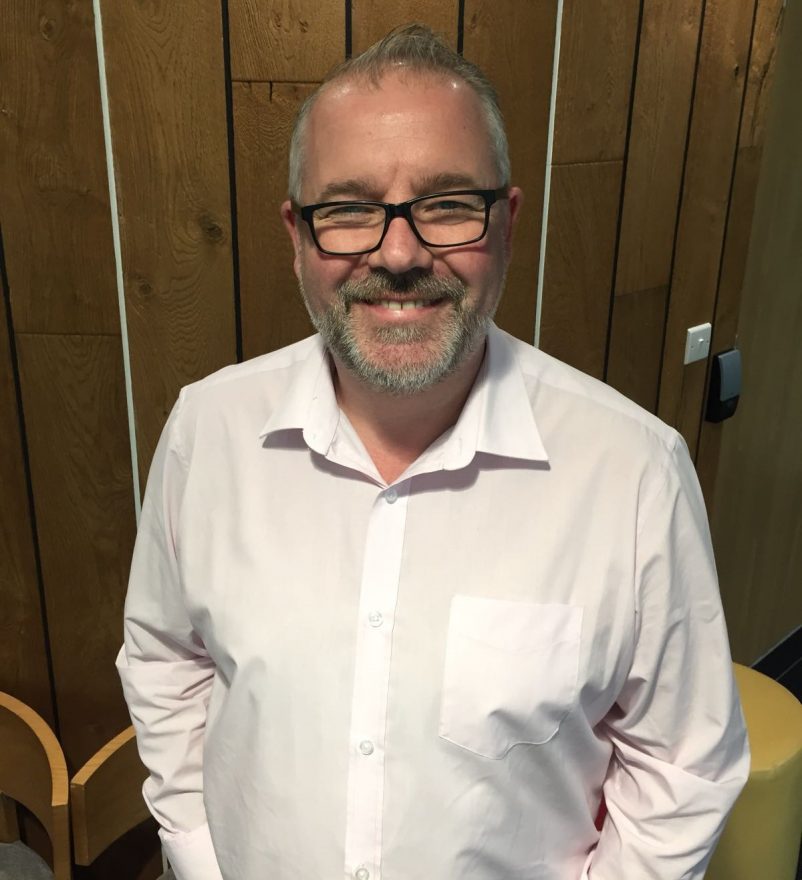I was recently visiting a former client’s office: a company I have not worked with for quite some time but where we still have a good relationship and keep each other informed of what’s going on in our respective businesses.
It was great to catch up with people and see some old friends.
The business in question operates in a very competitive market place and as such, over the last five years or so, has managed its people very closely. So I was surprised to hear that they have decided to remove all local management teams. They now have a matrix structure right across the European business.
“How’s that working?” I asked of a few people that I bumped into. Time and again the answer came back: “It doesn’t work, we get no direction, we get conflicting information on what the priorities are and I don’t know who my boss is any more!”
One particular person went even further and said, “Everybody is miserable!”
It raised the question for me: “Why are you here then… Why are you doing it if it makes you miserable?”
Finding our own purpose
Clearly there are many reasons as to why we do the jobs we do or have the careers that we have, but how many people actually stop and ask, “Why am I doing this? What is the purpose for me being in this job?”
Getting to the bottom of our own purpose is enlightening and helps keep us going when times get tough. There can be no right or wrong answer here either.
So, on a personal level: “Why?”
Is it just a job, a task…? For the money, it pays the bills?
There is nothing wrong with this answer. We all need money and have bills to pay. If that is the case then let’s be clear about it: let’s value the money that the job brings and let’s make decisions about how much we are prepared to put up with or give in line with what we earn.
We also need to acknowledge that you could in theory earn money somewhere else. So, does it really matter what the business does as long as it pays well enough?
Developing your career
It could be more than that though. It could be about having a career in a specific industry: working your way through several experiences within that industry and perhaps working your way towards a particular role that you have always wanted to do. Ambition starts to come into play here. Long term goals, stepping stones and learning as you move towards the desired role can all be important.
This can be really exciting because, if you love the industry you are in, you will regularly feel the buzz that it brings you. It might also give you options to move around the different companies that occupy different parts of that industry. So, if it gets a bit miserable at one company or the culture doesn’t work for you, then have obvious places to look within the industry for a fresh challenge.
Passion for your work
For some people, though, it is not about the money or a career within an industry, it is about a vocation or a calling – a passion for doing something that you believe in. Coincidentally, I met a friend on the same day who told me that she had just been interviewed for a new job with an online pharmacy business. Her current role is focused on customer experience within casinos.
She said, “I could really get out of bed in a morning believing that I am helping someone get the medicines they need rather than encouraging someone to gamble.”
The bottom line here for her is that there is a clear connection to an organisation’s purpose and a belief in what they are doing.
Short-term goals and long-term purpose
For the old clients I visited the lack of local management is resulting in people that have lost sight of the bigger picture and purpose as well as the short-term goals that gave them their energy and helped them feel like there were moving the business forwards. They just don’t know how the dots join up anymore.
For some of them it all feels a bit vague.
If individuals feel lost, then of course teams can feel lost, not understanding what their focus should be, what they are having an impact on or even what they are supposed to be delivering.
Finding your purpose
Whether you are doing the work you are doing because it is a job, a career or because it is a vocation doesn’t really matter; each of these reasons have their own purpose for the individual for that moment in their life.
However, if you are leading a team or running a business ask yourself these simple questions:
- What is our purpose as a business? Why are we doing this?
- Do our people understand the purpose of the business?
- Does the businesses purpose align to the personal reasons people have for being here?
In my experience when you ask people “why are you here?” they don’t always know the answer straight away.
For many, it is not something they think about that often. Digging down and discovering our own purpose (whatever it is) can only be beneficial for everyone. It will ultimately allow people to make better decisions and be more resilient when times get tough.
If leaders can articulate the businesses purpose clearly and often, then even teams that are managed remotely and with a light touch can engage with the organisation’s Purpose Principal.




